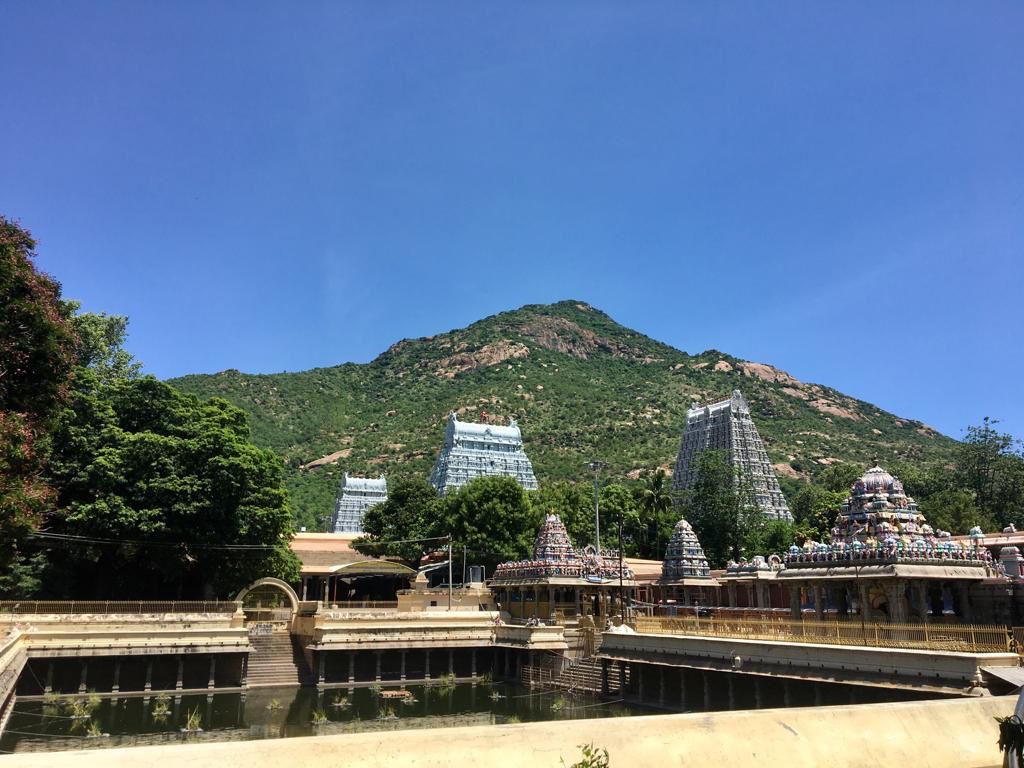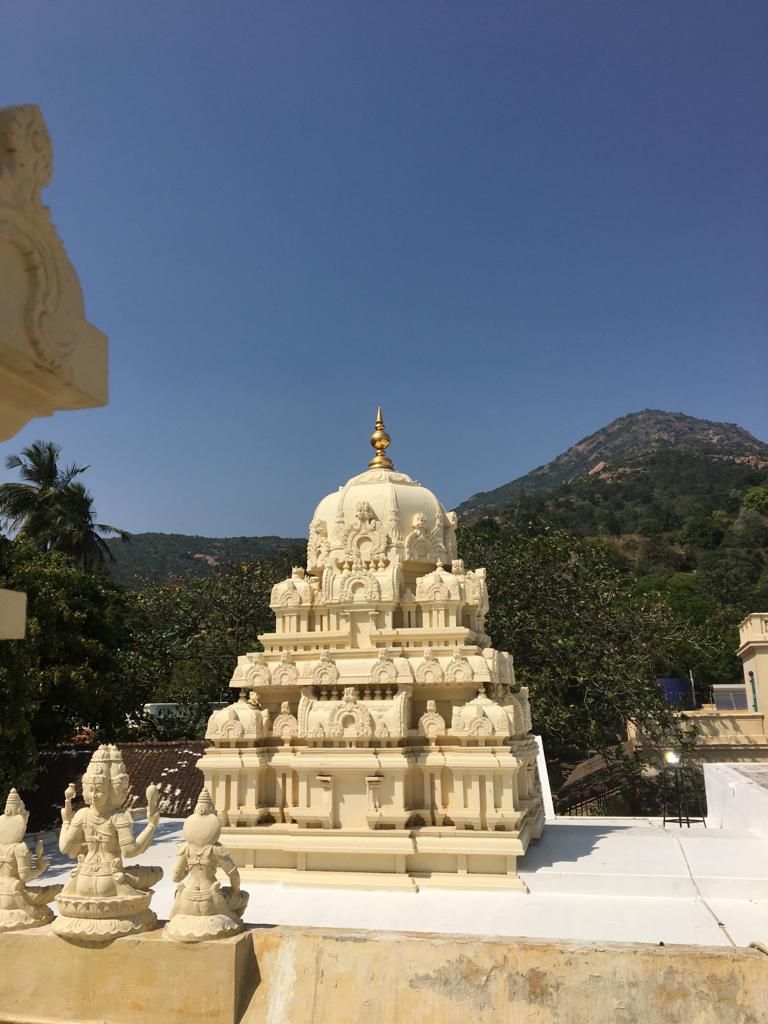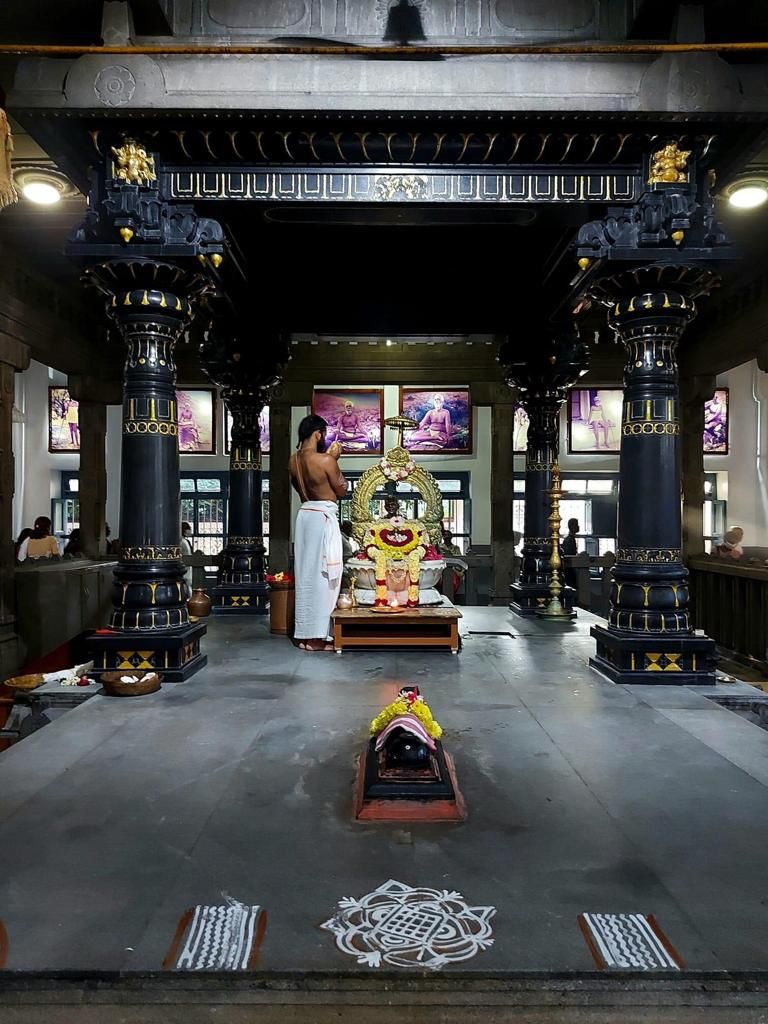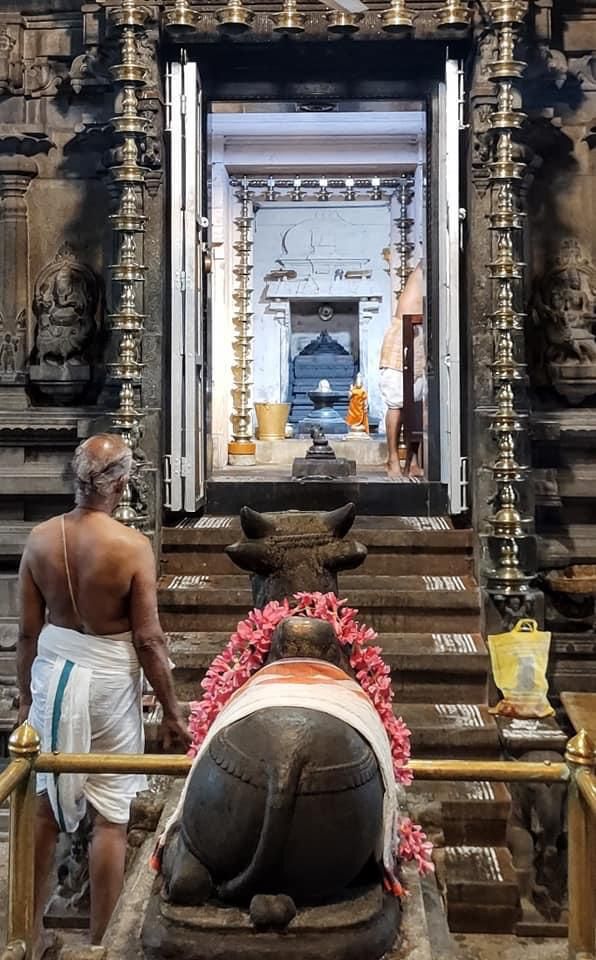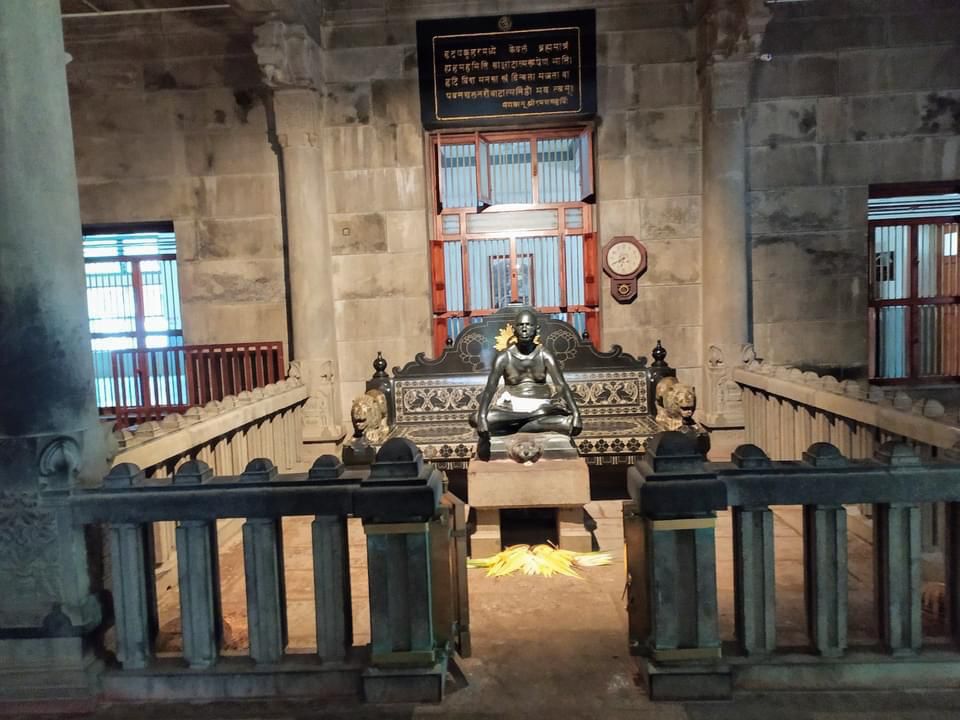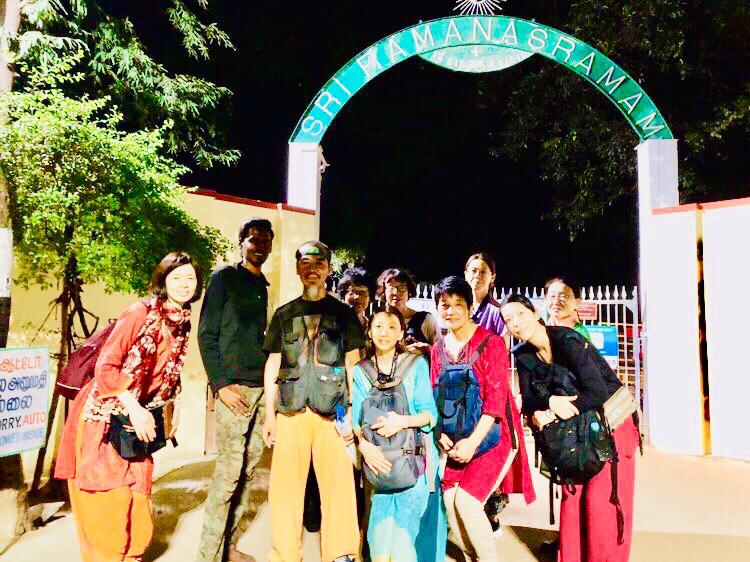Tiruvannamalai
Is one of the most revered ancient heritage and religious sites in India.
It is the home of the Lingam shaped mountain, heart of spiritual energy, the holy Arunachala or mountain of knowledge and light. ‘Aruna’, means ‘red, bright like fire’ which signifies Jnanagni; the Fire of Wisdom, ‘achala’ signifies ‘hill’.
The sacred hill is the largest naturally occurring lingam on the planet also known as Arunachalam, Annamalai or Arunagiri.
From the Lord Shiva in Skanda Maha Purana:
“I truly abide here on earth in the form of the named Aruncahala, for bestowing the attainment of liberation.”
Over the centuries, many saints and sages have been drawn to Arunachala and lived in its caves. The most known sage of our times is Bhagavan Sri Ramana Maharshi, who’s ashram was built right at the mountain’s feet.
Sri Ramana Maharshi said:
“Arunachala is truly the holy place. Of all holy places it is the most sacred! Know that it is the heart of the world. It is truly Siva himself! It is his heart-abode, a secret kshetra. In that place the Lord ever abides the hill of light named Arunachala.”
Arunachala is a sacred energy place that blesses us with Jnana or Self-Knowledge. Those few who truly seek ultimate knowledge, Arunachala makes itself known.
Ramana Maharshi and Ramana Ashram
Bhagavan Sri Ramana Maharshi, one of the outstanding Indian Gurus of modern times. He realised the Self at a young age. Losing interest in mundane life, he decided to leave home and find a place where he could immerse in meditation and his experience of the Self.
He chose to go to Arunachala where he spent the rest of his life on or near the holy mountain, refusing to leave even for one day.
In 1901 he moved to Virupaksha Cave, situated about 300 feet up the mountain for fourteen years. By the time he moved to Virupaksha Cave he already had a small group of followers and some visitors.
The teaching he gave out were of his own experience utilizing the structure of Advaita Vedanta which maintains that the Self -Atman or Brahman is the only existing reality and that all phenomena are indivisible manifestations or appearances within the Self and the aim is to transcend any form of duality and become aware of the Self as formless ultimate consciousness.
In 1915 Bhagavan, his mother and the group of devotees moved further up the hill to Skandashram, where he remained for another 7 years until his mother left the body, realizing the Self through his grace.
Bhagavan left Skandashram and went to live next to the small shrine which had been built over her body. Years after the ashram was slowly built where he remained until his Mahasamadhi in 1950.
Visitors from all over India, and abroad, came to see him with questions, to seek his blessings or merely to be in his presence.
Visitors to the ashram have expressed feeling the utter silence emanating from him. His power is still "felt” Before Sri Ramana gave up his body, devotees went to him and begged him to remain for a while longer as they needed his help. He replied “Go! Where can I go? I shall always be here.”




